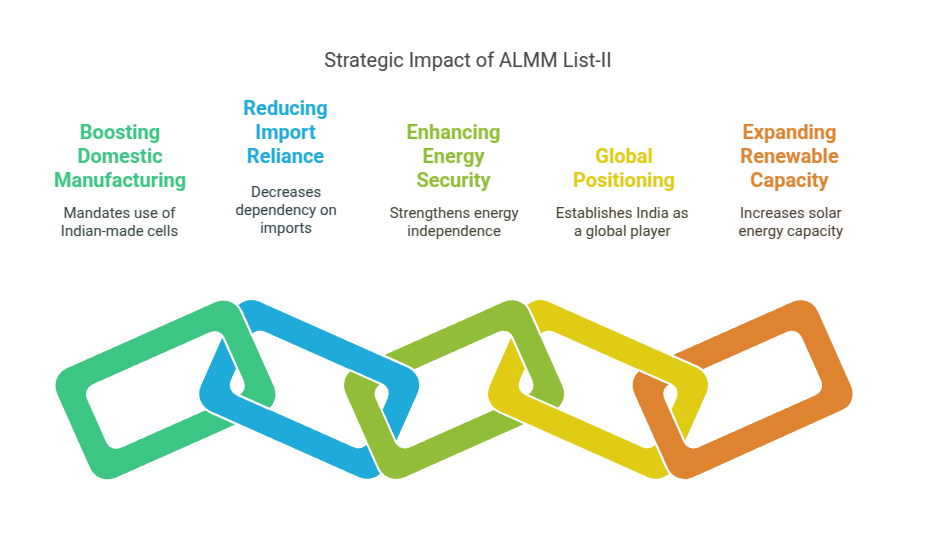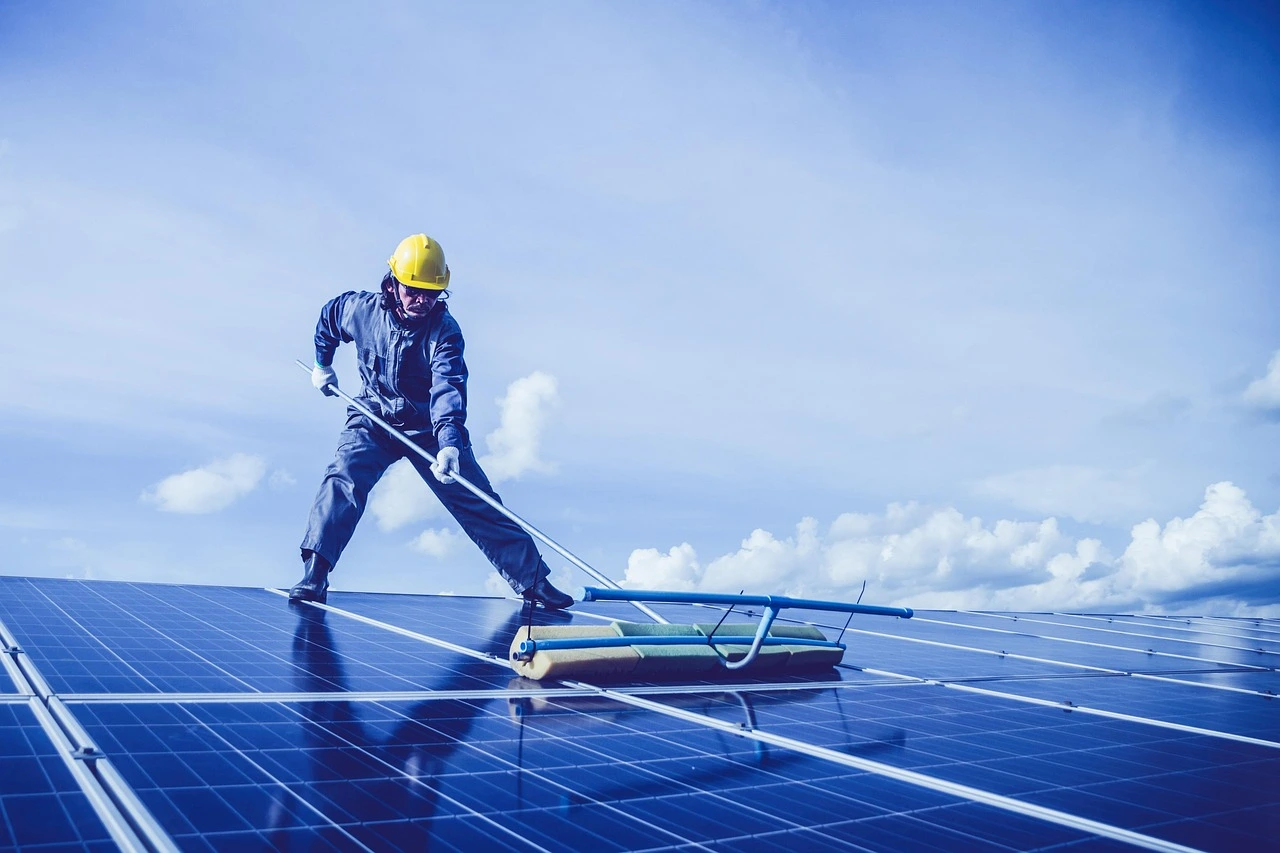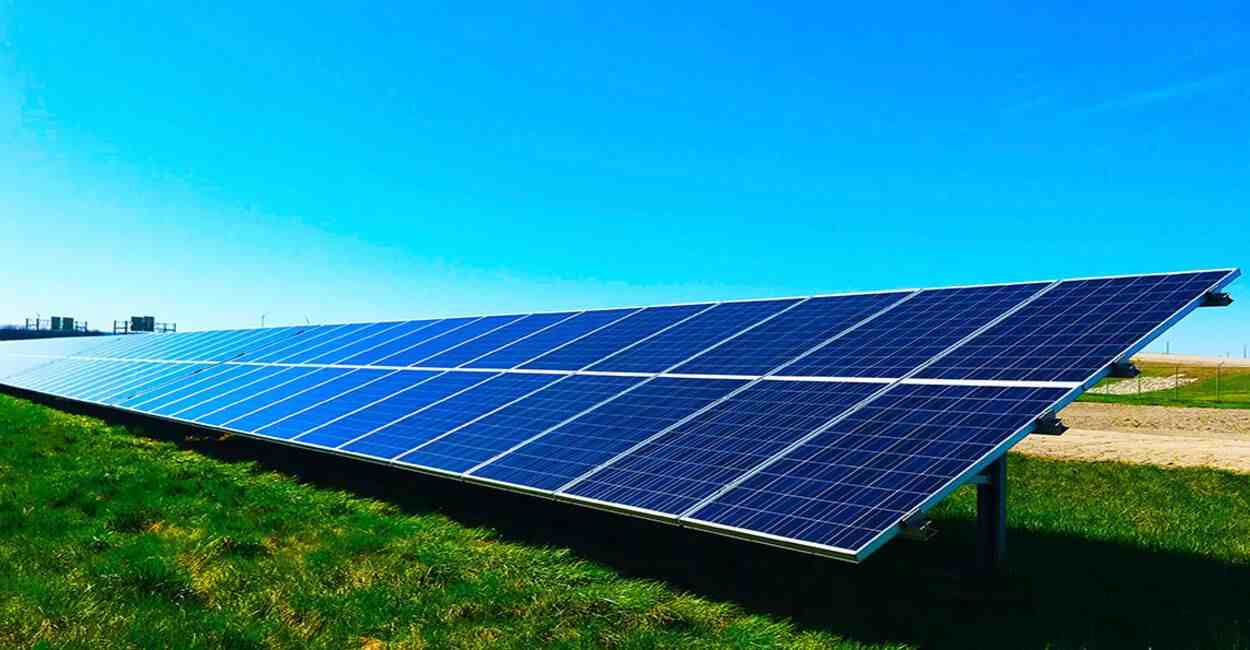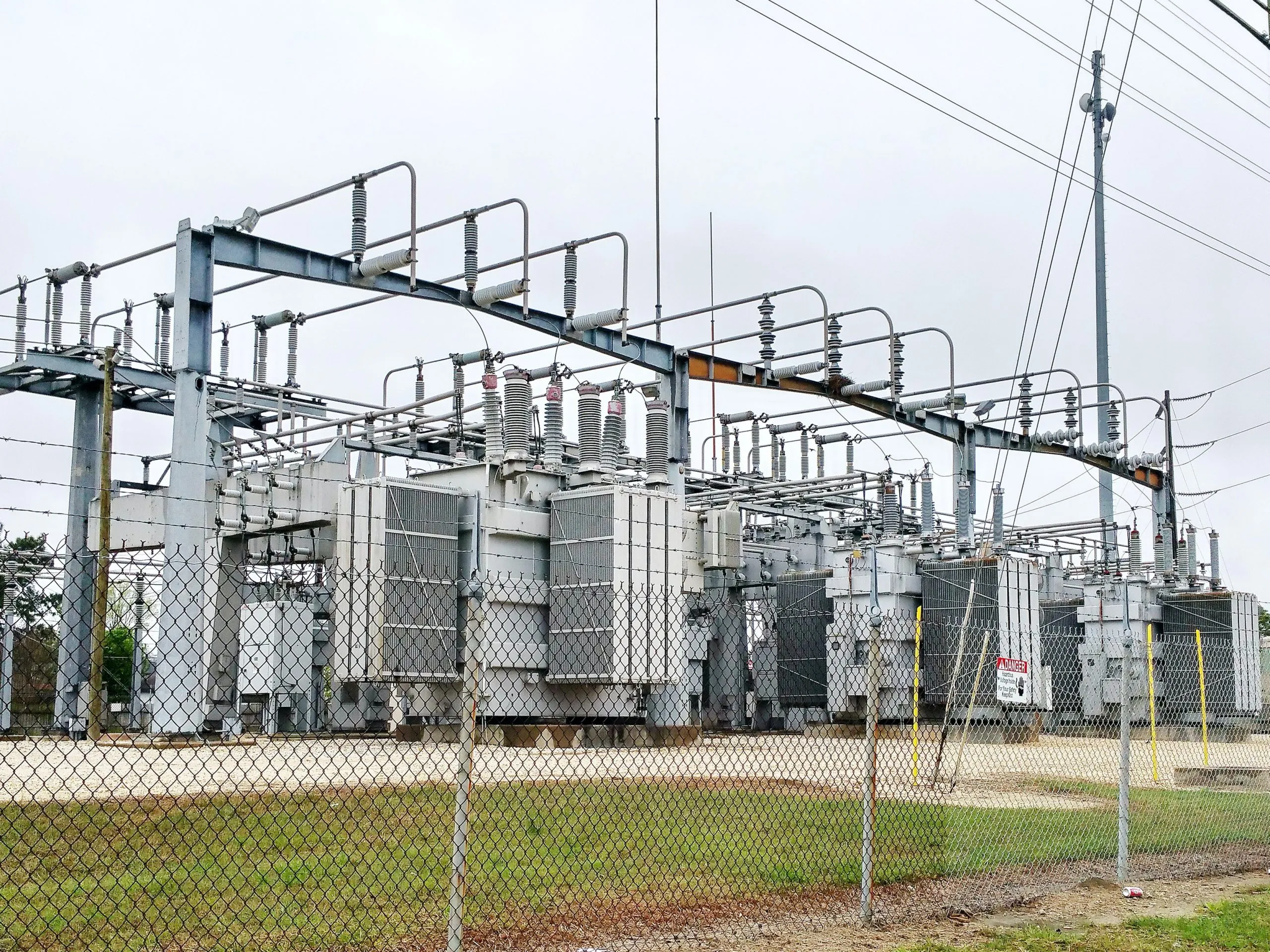In the year 2024, India saw a huge transformation in the solar energy sector. Many key events and initiatives took place. Thanks to them, India’s renewable energy sector is reshaped. The nation puts great emphasis on achieving sustainability and enhancing energy security. As a result, India has made considerable progress in expanding its installed solar capacity.
When you look at this growth, you can see the government’s constant support for sustainable energy. Let’s not forget the ultimate aim of reaching 500 GW of renewable energy capacity by 2030.
In this blog, we’ve compiled a list of the most impactful developments that have kickstarted India’s solar sector to new heights in 2024.
Record-Breaking Installed Solar Capacity
As of November 2024, India has achieved a significant milestone in its clean energy journey, with a total installed solar capacity of 94.17 GW, because of:
- Supportive government policies that promote renewable energy.
- Substantial investments in solar projects.
- Technological innovations that reduce expenses and increase efficiency.
In 2024, India installed a record 16.4 GW of solar capacity, setting a new high for the sector. This trend is expected to continue, with projections indicating that India will meet its renewable energy ambitions ahead of schedule.
- Installed solar capacity is currently a significant portion of India’s renewable energy capacity.
- This strengthens India’s status as the world leader in renewable energy.
India’s solar business is rapidly expanding, paving the way for a cleaner, more sustainable future.
PM Surya Ghar Program and Rooftop Solar Growth
The PM Surya Ghar Program’s debut in February marked an important milestone in 2024. This ambitious effort attempts to increase solar installations on residential rooftops through financial incentives. The program aims to install solar systems in 1 crore houses, with a budget of ₹750 billion (~$9.04 billion).
Key features of the program include:
- Subsidies will make rooftop solar systems more accessible for consumers.
- An objective of 1 crore residences for solar systems to increase solar adoption.
- High-quality criteria for manufacturers and installations to ensure long-term performance and dependability.
The PM Surya Ghar Program is expected to increase significantly India’s renewable energy capacity by offering a beneficial platform for individuals and businesses to invest in solar solutions and contribute to the country’s sustainable energy goals.
Reintroduction of ALMM Regulations
The restoration of the Approved List of Models and Manufacturers (ALMM) restrictions in April 2024 was an important milestone for India’s solar industry. These laws require that only modules and equipment mentioned in the ALMM be utilized in solar installations, particularly rooftop systems. This assures that the components fulfill the highest quality and safety standards.
Key impacts of the ALMM regulations include:
- Ensuring quality and safety by mandating the use of components that are approved by ALMM.
- Promoting durability of solar installations, ensuring long-term performance.
- Encouraging domestic manufacturing as more Indian manufacturers strive to meet ALMM standards.
The reintroduction of ALMM regulations is a crucial move in India’s solar sector, ensuring the nation’s solar growth is both sustainable and high-quality.
Inclusion of Solar Cells in ALMM List-II
In June 2024, the Ministry of New and Renewable Energy (MNRE) took a bold step by including solar cells on the ALMM List-II, which will be implemented in June 2026. This inclusion is a significant achievement for India’s solar sector since it supports the domestic solar cell manufacturing industry, which has hitherto relied on imports.
Key outcomes of this decision:
- Boosting domestic solar cell manufacturing by mandating the use of Indian-made cells in future solar projects.
- Reducing reliance on imports, enhancing energy security, and fostering local production capabilities.
- Positioning India as a major player in the global solar manufacturing sector.
This action is consistent with India’s long-term objective of expanding its solar manufacturing capability. It is critical for lowering solar costs, enhancing energy security, and achieving India’s clean energy targets. The inclusion of solar cells in ALMM List-II would play an important role in increasing India’s renewable energy capacity and assisting the country in meeting its sustainability goals.

Anti-Dumping Duties to Protect Domestic Industry
To preserve the domestic solar manufacturing sector, the Indian government imposed temporary anti-dumping duties on solar glass imported from China and Vietnam beginning in Dec 2024. This ruling will last for six months and intends to protect Indian firms from unfair competition caused by low-cost imports.
Key points about this move:
- Protecting Indian manufacturers by preventing cheap imported solar products from undercutting local production.
- Strengthening the domestic solar supply chain, particularly in critical areas like solar glass.
- Encouraging competitive pricing and fostering innovation within India’s solar industry.
Mandatory Verification of DCR Credentials
Starting January 1, 2024, the Ministry of New and Renewable Energy (MNRE) mandated that solar manufacturers submit their Domestic Content Requirement (DCR) credentials via the DCR portal. This crucial step supports India’s Make in India initiative by ensuring solar projects use locally manufactured components, adhering to national standards.
Key details of this regulation:
- Mandatory submission of DCR credentials for all solar manufacturers via the official portal.
- Transparency and accountability in government-sponsored solar projects by ensuring only Indian-manufactured components are used.
- Support for domestic manufacturing, promoting the use of locally produced materials in solar energy projects.
Hartek Group’s Contributions to the Indian Solar Sector 2024 Achievements
Hartek Group, a leading engineering, procurement, and construction (EPC) company, has made significant strides in India’s solar sector. With 34 years of experience, Hartek has connected more than 7 GW of renewable energy capacity to the national grid, contributing substantially to the nation’s clean energy goals.
Key contributions of Hartek Group include:
- 10 GW Solar Capacity Milestone: In September 2024, Hartek Group surpassed 10 GW of solar power across its power systems, transmission and distribution (T&D), and renewable engineering, procurement, and construction (EPC) business units.
- Landmark Solar PV Project in Rajasthan: In April 2024, Hartek Group secured a landmark INR 474 crore contract for a 300 MW ground-mounted solar photovoltaic (PV) power plant in Rajasthan.
These initiatives contribute to India’s renewable energy capacity, positioning Hartek as a leader in driving the country’s transition to clean energy.
Conclusion
Indian solar sector, 2024, made great progress, with numerous key events and legislative developments fueling the growth of installed capacity of renewable energy in India. As India ramps up its solar energy efforts, companies like Hartek Group are paving the road for the country’s sustainable energy future.
The future of India’s solar sector appears promising, with large contributions expected from both government programs and private sector innovation. By continuing to invest in solar technologies and domestic production, India is establishing itself as a global leader in renewable energy.
Frequently Asked Questions
-
What was India’s total installed solar capacity in 2024?
By November 2024, India achieved 94.17 GW of installed solar capacity, driven by government policies, investments, and technological advancements.
-
How does the PM Surya Ghar Program promote rooftop solar adoption?
Launched in 2024, the program offers financial incentives and aims to install rooftop solar in 1 crore homes, boosting solar adoption nationwide.
-
What is the significance of ALMM regulations in the solar sector?
ALMM regulations ensure that only high-quality, approved solar modules and components are used in installations, promoting durability and domestic manufacturing.
-
How does Hartek Group contribute to India’s solar growth?
Hartek has connected over 10 GW of renewable energy to the grid and executed major solar projects, including a 300 MW plant in Rajasthan and a floating solar project in Himachal Pradesh.
-
What impact do anti-dumping duties have on India’s solar industry?
Imposed in December 2024, these duties protect domestic manufacturers from cheap imports, strengthening India’s solar supply chain and promoting local production.









